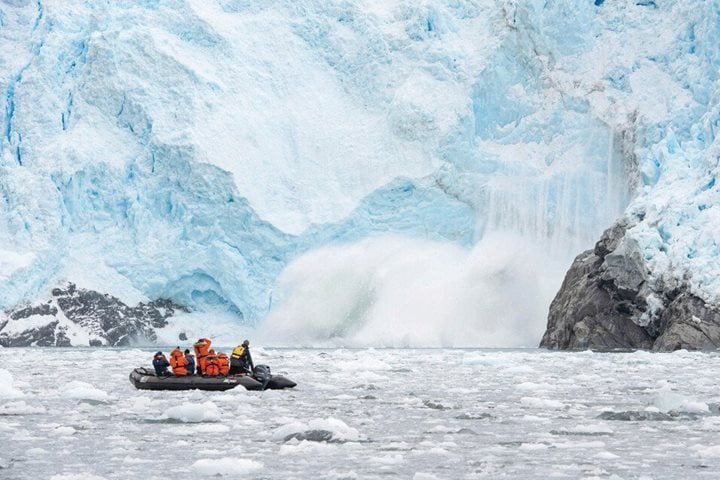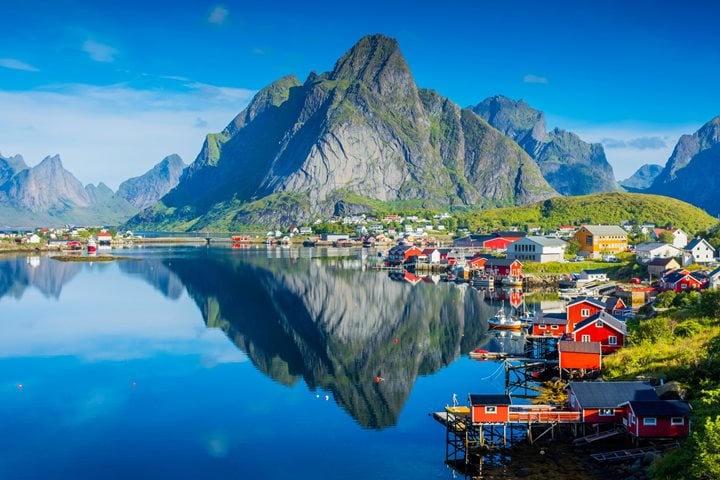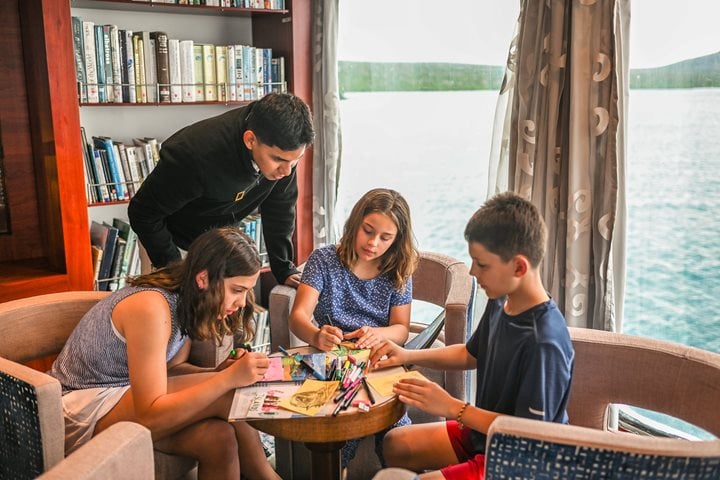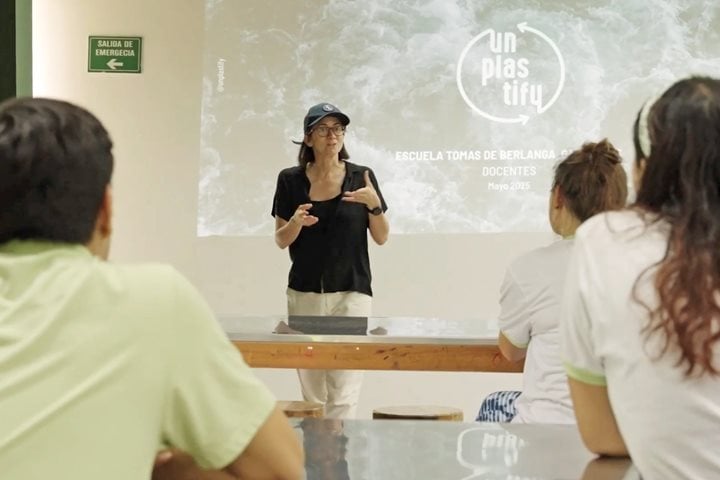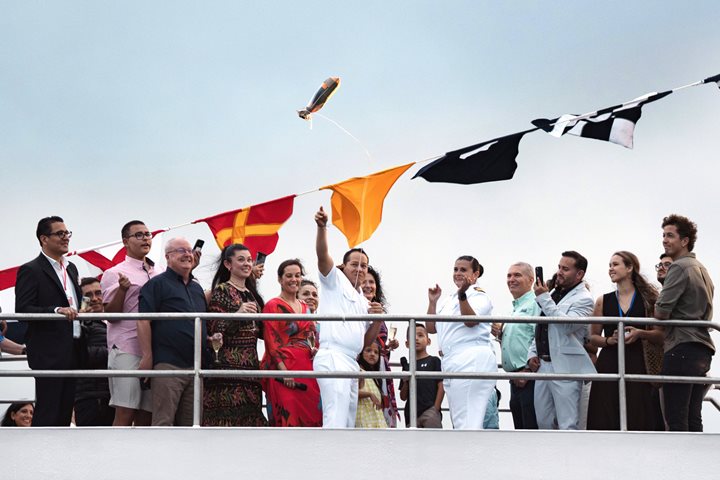Call +1.800.397.3348 or contact your travel advisor
Featured Articles
8/22/2025
5 Min Read
9 Amazing Places to Go When You’re Dreaming of Colder Weather
8/21/2025
40 Min Read
Webinar: Reframe Europe - Discover a New View of the Old World
In Brief
8/14/2025
5 Min Read
National Geographic Explorers-in-Training: The Ultimate Family Program
7/18/2025
Watch
A Special Celebration in Galápagos
6/18/2025
4 Min Read

